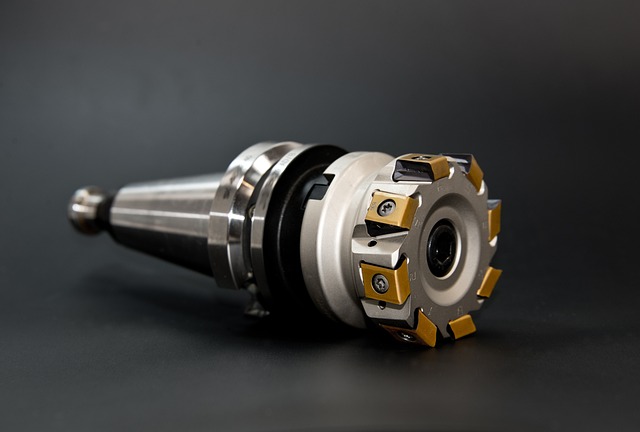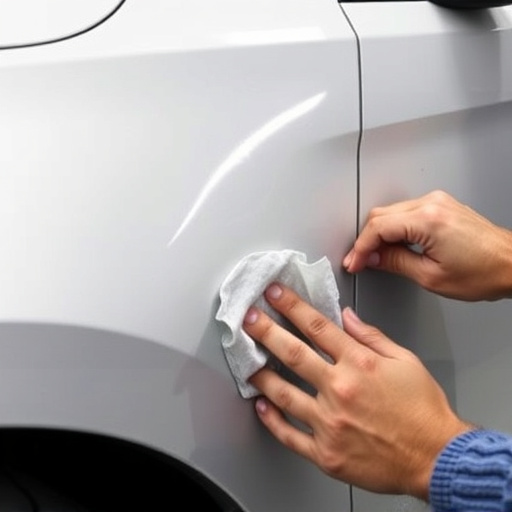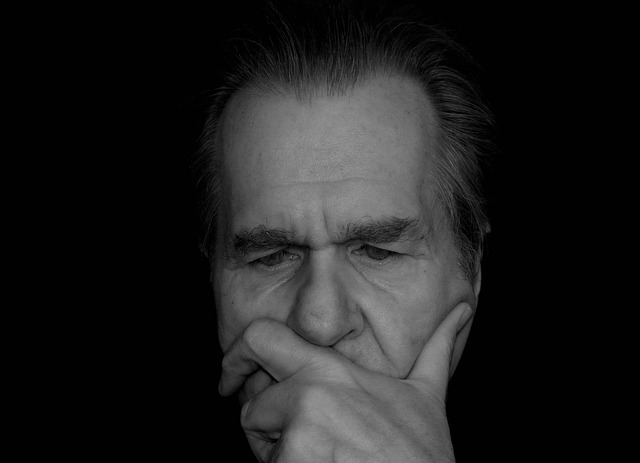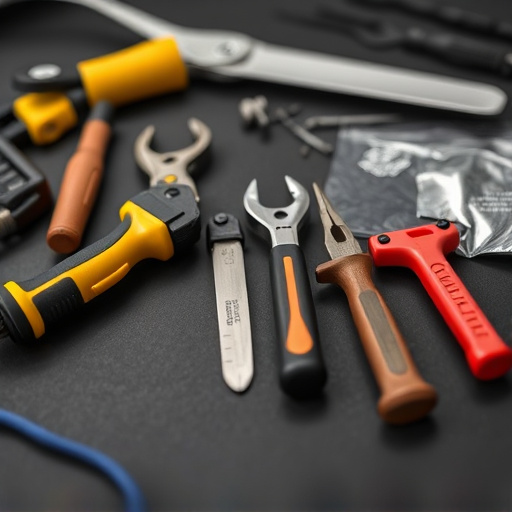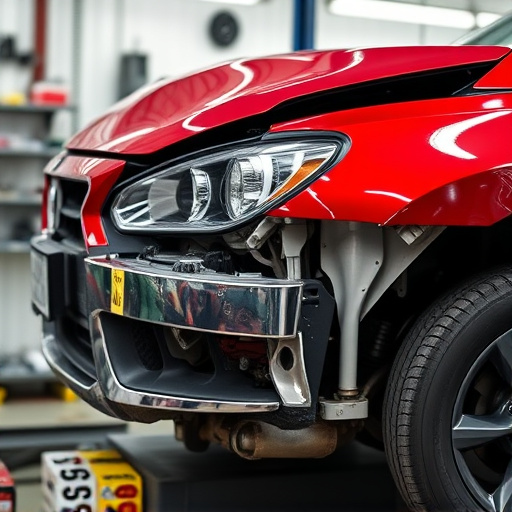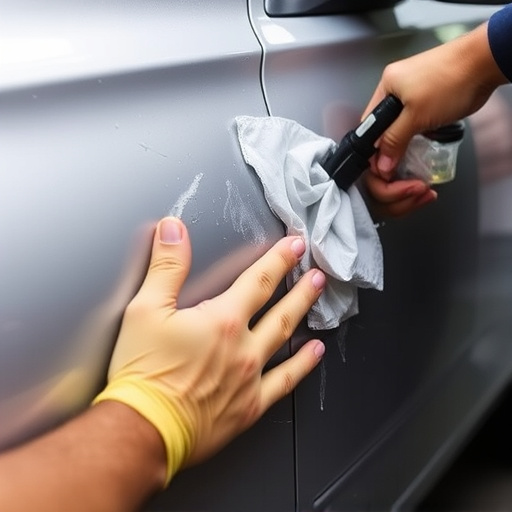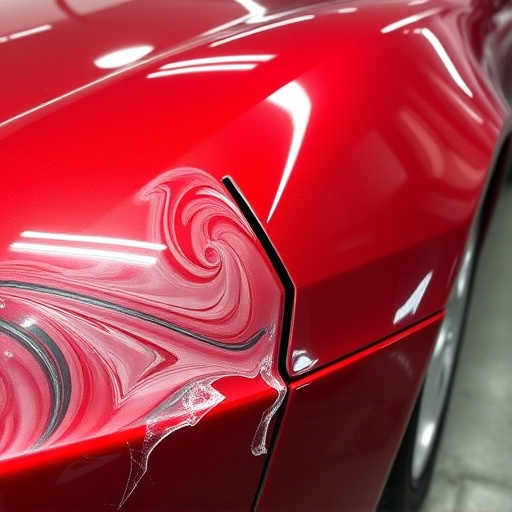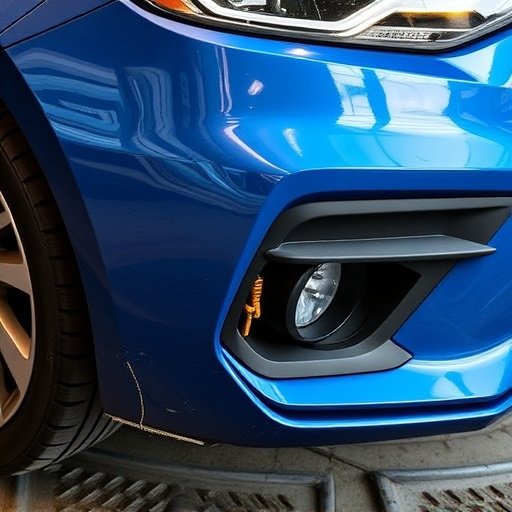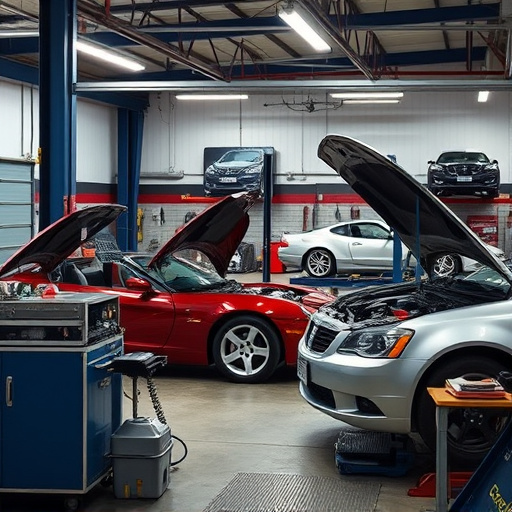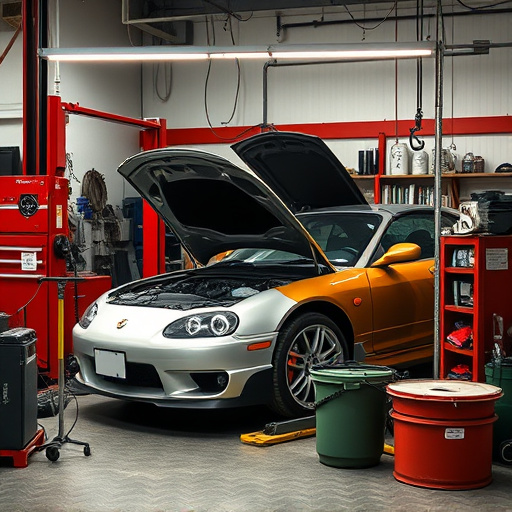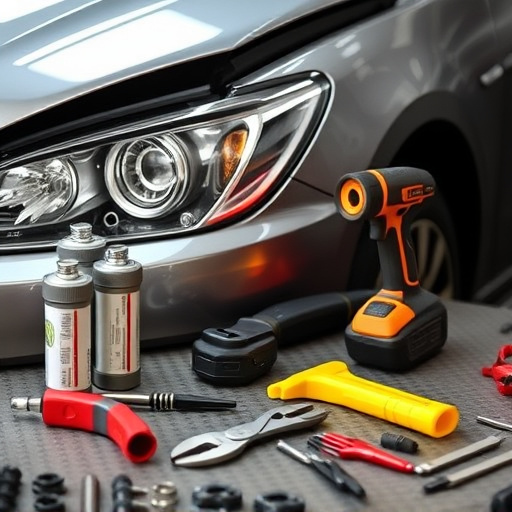After installing Tesla accessories, a Tesla body computer reset is recommended by experts to maintain optimal vehicle performance and prevent system interference. This process recalibrates the car's central processing unit, ensuring seamless communication with new components and returning the car to its pre-accident operational state. A simple procedure involving connecting an OBD-II scanner and navigating settings, it ensures updated bodywork modifications integrate seamlessly.
Tesla vehicles feature an advanced body computer that controls various functions from seating adjustments to safety features. When installing accessories, such as entertainment systems or modified sensors, a Tesla body computer reset may be necessary. This ensures optimal performance and prevents potential issues caused by incompatible hardware. This article guides you through understanding the Tesla body computer and provides a comprehensive step-by-step guide on performing a reset after accessory installation.
- Understanding Tesla's Body Computer: A Core Component
- Reasons for Resetting After Accessory Installation
- Step-by-Step Guide: Performing a Tesla Body Computer Reset
Understanding Tesla's Body Computer: A Core Component

The Tesla Body Computer, often referred to as the vehicle’s brain, is a core component that controls and manages numerous functions within the electric vehicle. It’s responsible for everything from steering and braking to infotainment and climate control. This sophisticated system is integral to the car’s operation, ensuring a seamless and safe driving experience. When accessories are installed, whether it’s an advanced audio system or additional safety features, these integrations must be properly configured with the body computer to maintain optimal performance.
A Tesla body computer reset becomes necessary after accessory installation as these new components can disrupt the existing communication network within the vehicle. Automotive repair specialists recommend performing a reset to ensure all systems are functioning harmoniously. This process involves recalibrating the computer, allowing it to establish fresh connections with newly installed accessories, thereby preventing any potential interference that could impact the car’s overall performance. In case of car collision repair or automotive collision repair, understanding and managing these computer systems is even more crucial for restoring vehicles to their pre-accident condition.
Reasons for Resetting After Accessory Installation
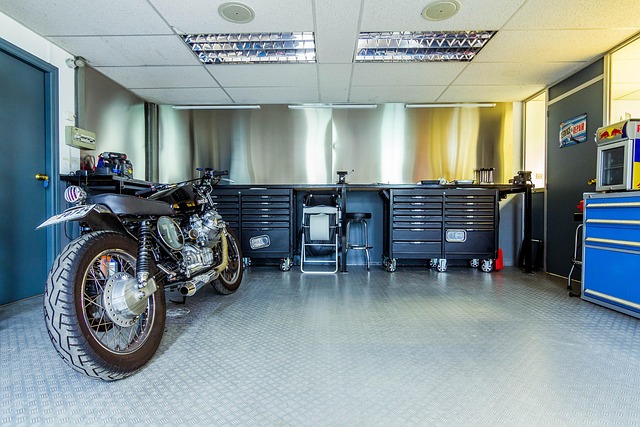
After installing accessories in a Tesla vehicle, users often experience a need for a Tesla body computer reset. This is not an uncommon phenomenon and has several reasons behind it. One primary cause is the interference that can occur between the new accessories and the car’s existing electrical system. Each accessory, from entertainment systems to navigation devices or even simple lights, requires power and data connections, which can disrupt the balance of the Tesla’s body computer—the central hub controlling various functions.
Additionally, the integration of new components might require updates to the software or firmware of the Tesla body computer to ensure seamless communication and optimal performance. An auto body shop or car body restoration specialist may recommend a reset during or after accessory installation to resolve any glitches or errors that could impact the vehicle’s overall functionality, including systems such as bumper repair, which relies on accurate data from the central computer.
Step-by-Step Guide: Performing a Tesla Body Computer Reset

Performing a Tesla Body Computer Reset is a straightforward process that can be accomplished by following these simple steps. First, ensure your vehicle is parked in a safe and secure location with the engine off. Next, locate the Tesla’s diagnostic port, usually found beneath the dashboard or under the floor mat. Connect a compatible OBD-II scanner to this port, then power on the car. Navigate to the vehicle settings menu and select “Reset.” Here, you’ll find an option for a “Body Computer Reset.” Confirm the action, and wait as the system resets itself.
Once complete, your Tesla’s computer will be returned to its original factory settings. This process is particularly useful after installing new accessories or making modifications to your car’s bodywork. If you’ve taken your vehicle to a collision center or auto body shop for repairs, a reset ensures that all systems are functioning optimally and seamlessly with the updated bodywork services provided.
After installing accessories in your Tesla, a body computer reset might be necessary. This process ensures optimal performance and functionality of the vehicle’s advanced systems. By following the step-by-step guide provided, you can efficiently perform this task, maintaining the seamless integration that Tesla vehicles are known for. Remember, keeping your Tesla’s body computer up to date is crucial for a smooth driving experience.
